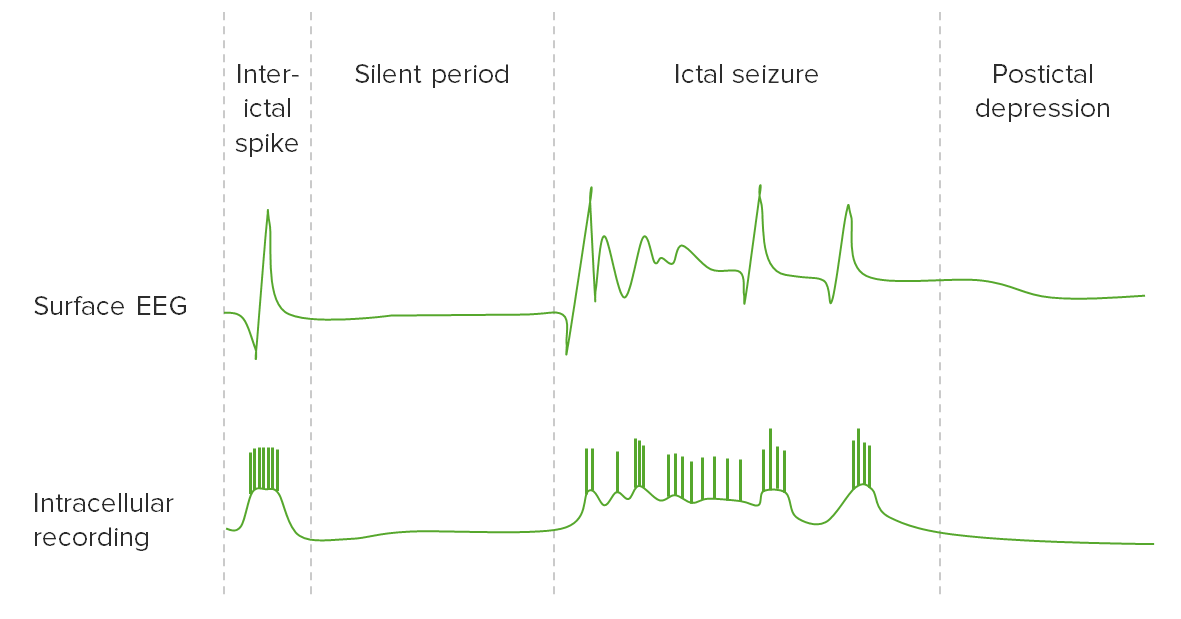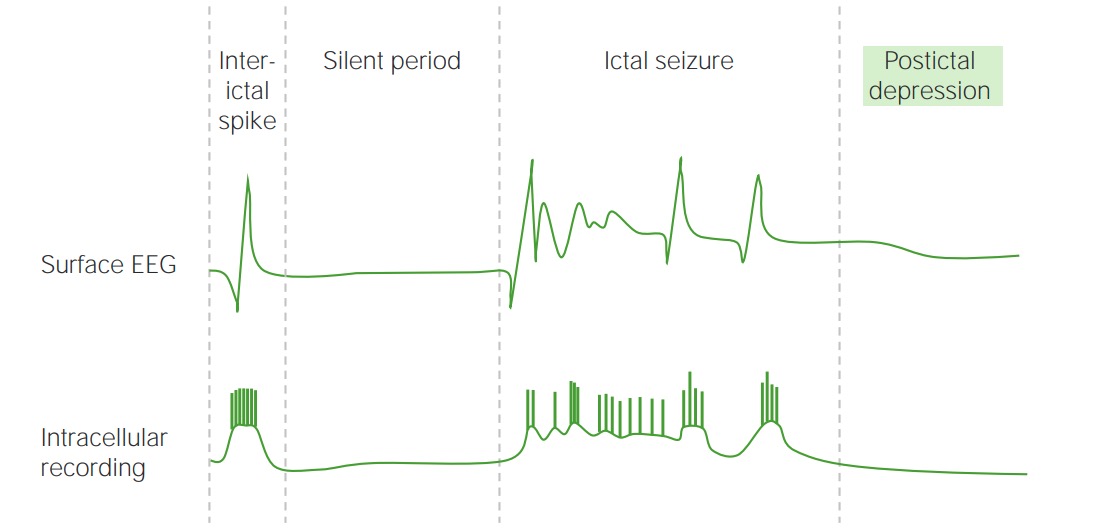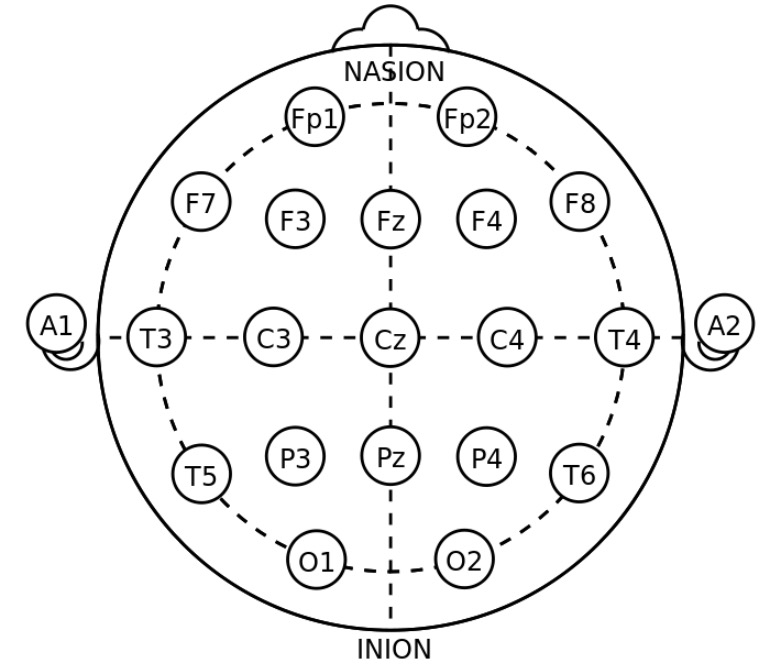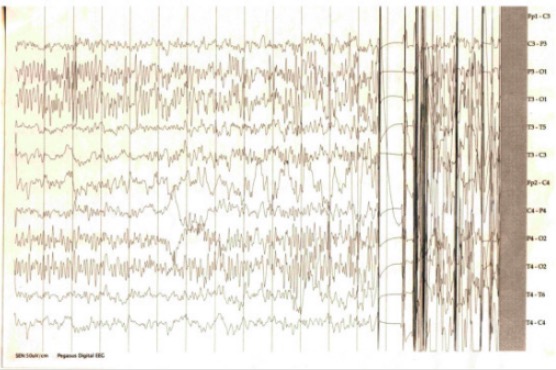Playlist
Show Playlist
Hide Playlist
Epilepsy Syndromes
-
Slides 09 Seizures Neuropathology I.pdf
-
Download Lecture Overview
00:00 Let’s talk about epilepsy syndromes, benign rolandic epilepsy. Age of onset, childhood. 00:08 Seizure types: You can differentiate between focal onset, aware and with motor onset, possible frontoparietal opercular features or hemifacialclonic movements, aphasia, hypersalivation, and chewing movements, automatisms. Seizures typically last less than 5 minutes, most less than 10 minutes. There is also the possibility of secondary generalization. Associative findings: Nocturnal preponderance of seizures; nocturnal, at night. EEG finding, we have centrotemporal spikes. Treatment: Frequently no treatment is needed as seizures are nocturnal and self-limited. Maybe, perhaps you’re thinking about a sodium channel blocker known as carbamazepine. We will get into treatment further, but at this point, benign rolandic epilepsy. Luckily most of the time, with this being a nocturnal issue, self-limited in nature, centrotemporal spikes is the clinical problem. Here, it’s called Lennox-Gastaut Syndrome. Age of onset, childhood, early adolescence. I’m going to be very deliberate here because this condition is no joke. 01:29 Seizure type; tonic, clonic, myoclonic generalized, all over the place, all over the place, where else. Mental retardation association. EEG findings, I need you to know this, slow 1-2 Hz paroxysmal fast activity, multifocal spikes. Now, what you need to know at this point for management we have valproic acid or valproate, lamotrigine, felbamate are most, most broad-spectrum type of drugs that you’re thinking about with a particular childhood epileptic syndrome known as Lennox-Gastaut Syndrome. Here we have absence epilepsy. 02:10 And this is the epilepsy or seizure that I had demonstrated at the beginning of our topic. 02:17 Once again, childhood and adolescence will be most common. Absence, meaning to say that you have these blank stares that may last for seconds. Associative findings, hyperventilation could be a trigger but usually you have these children that will grow out of these seizures with time, thank goodness. I’ll get into the treatment soon enough. 02:38 You must know for absence, here we have 3 Hz spike and wave. Clinical peril, 3 Hz for absence epilepsy. The drug of choice is going to be ethosuximide. Sure, valproate could be here too, but your focus should be in ethosuximide. And I’ll tell you right now, focus on letter T please in ethosuximide. And those of you that are well versed with your anti-epileptic drugs, you know exactly why I’m having you focus on that. I’m just giving the introduction. Let's talk about juvenile myoclonic epilepsy. Adolescence, as the name implies, young adult. Myoclonic, what does that mean? Absence could be generalized tonic-clonic as well in terms of your jerky movements. You must know the associative findings. Here we have early morning preponderance please. Clinical peril, early morning, young adult, no doubt, juvenile myoclonic. Triggers include sleep deprivation and perhaps alcohol. Here we have 4 to 6 Hz. Treatment here would be valproate, maybe lamotrigine and topiramate. Usually, here the medications are required. However, for lifelong with juvenile myoclonic, unfortunately, many of your patients are not going to outgrow the issue, whereas in absence, luckily many of your children infected will outgrow the issue.
About the Lecture
The lecture Epilepsy Syndromes by Carlo Raj, MD is from the course Seizures. It contains the following chapters:
- Benign Rolandic Epilepsy
- Lennox-Gastaut Syndrome
- Absence Epilepsy
- Juvenile Myoclonic Epilepsy
Included Quiz Questions
What feature is most likely seen with absence seizures?
- 3 Hz spike-and-wave pattern on EEG
- Nocturnal seizures
- Tonic-clonic movements
- Chewing and automatisms
- Hemifacial clonic movements
Which type of epilepsy syndrome shows a nocturnal preponderance?
- Benign rolandic epilepsy
- Absence seizure
- Lennox-Gastaut syndrome
- Juvenile myoclonic epilepsy
- Complex partial seizure
What is TRUE regarding EEG findings in different types of epilepsy?
- Benign rolandic epilepsy reveals centrotemporal spikes on EEG.
- Absence seizures reveal centrotemporal spikes on EEG.
- Lennox-Gastaut syndrome reveals a 3 Hz spike-and-wave pattern on EEG.
- Complex partial seizures reveal a 3 Hz-spike-and-wave pattern on EEG.
- Juvenile myoclonic epilepsy reveals a 3 Hz-spike-and-wave pattern on EEG.
Customer reviews
5,0 of 5 stars
| 5 Stars |
|
5 |
| 4 Stars |
|
0 |
| 3 Stars |
|
0 |
| 2 Stars |
|
0 |
| 1 Star |
|
0 |







